

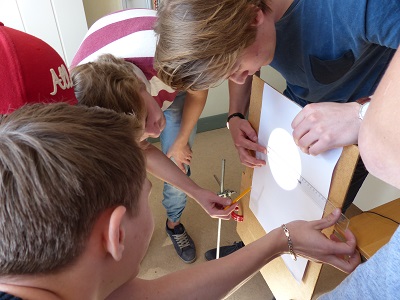
Figure 1
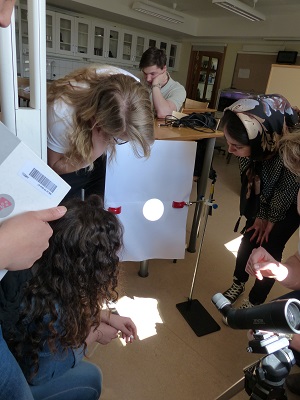
Figure 2
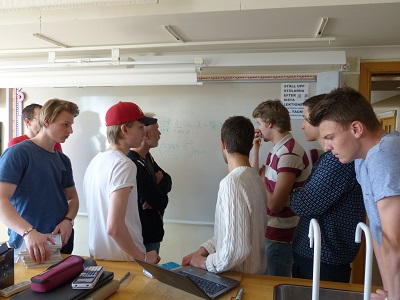
Figure 3
During physics class, nature science students from Sweden observed a solar spot through a telescope that illustrated the sun and its solar spots as shade circles (see figure 2). Furthermore we calculated the area of the solar spot on the sun with the principle of uniformity (see figure 1). Afterwards we had a discussion adressing the relevance of our outcome and its validity (see figure 3).
![]()

The Portuguese students observed sun spots.
The Sun is a humming ball of sound waves launched by turbulent convective motions in our star's outer layers.
The intense magnetic field below a sunspot strangles the normal up-flow of energy from the hot solar interior. As a result a sunspot is cooler and therefore darker than its surroundings. The suppression of the bubbling convective motions forms a kind of plug that prevents some of the energy in the interior from reaching the surface.
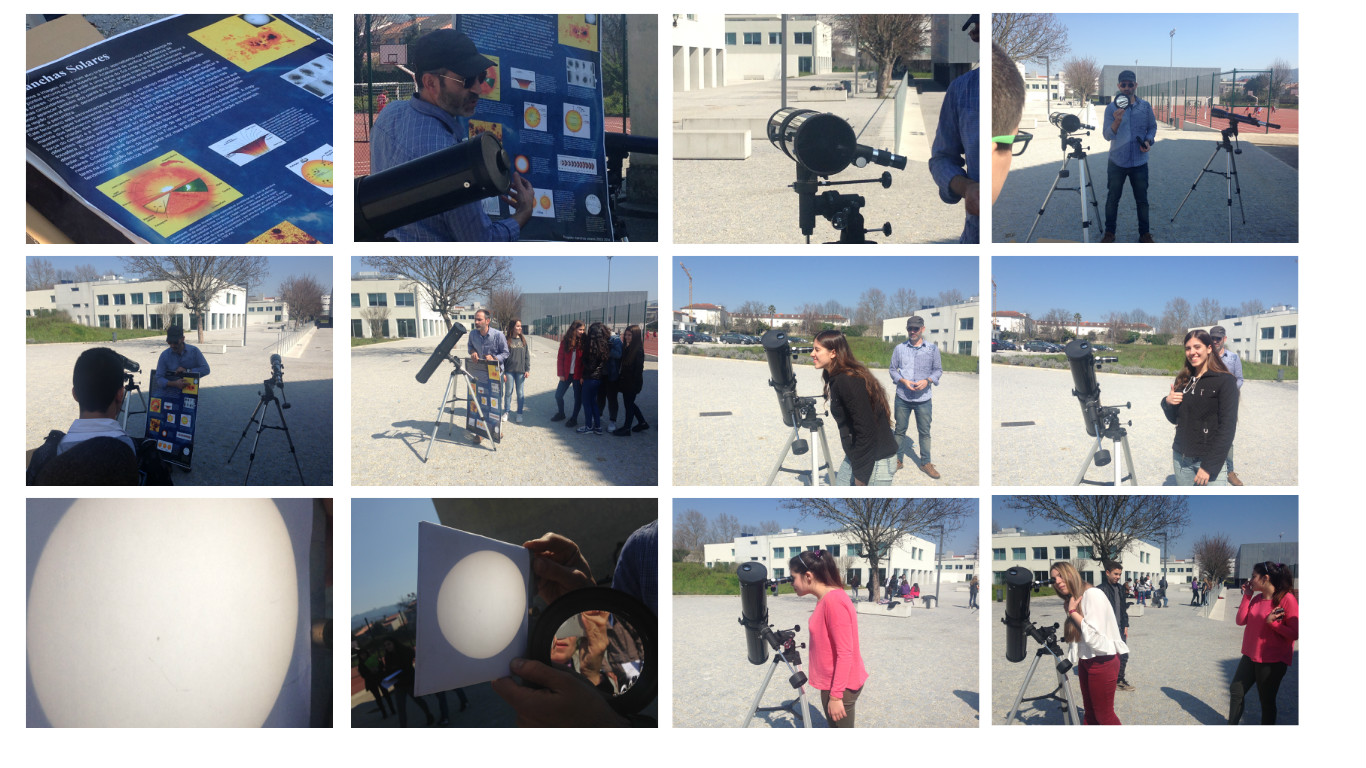
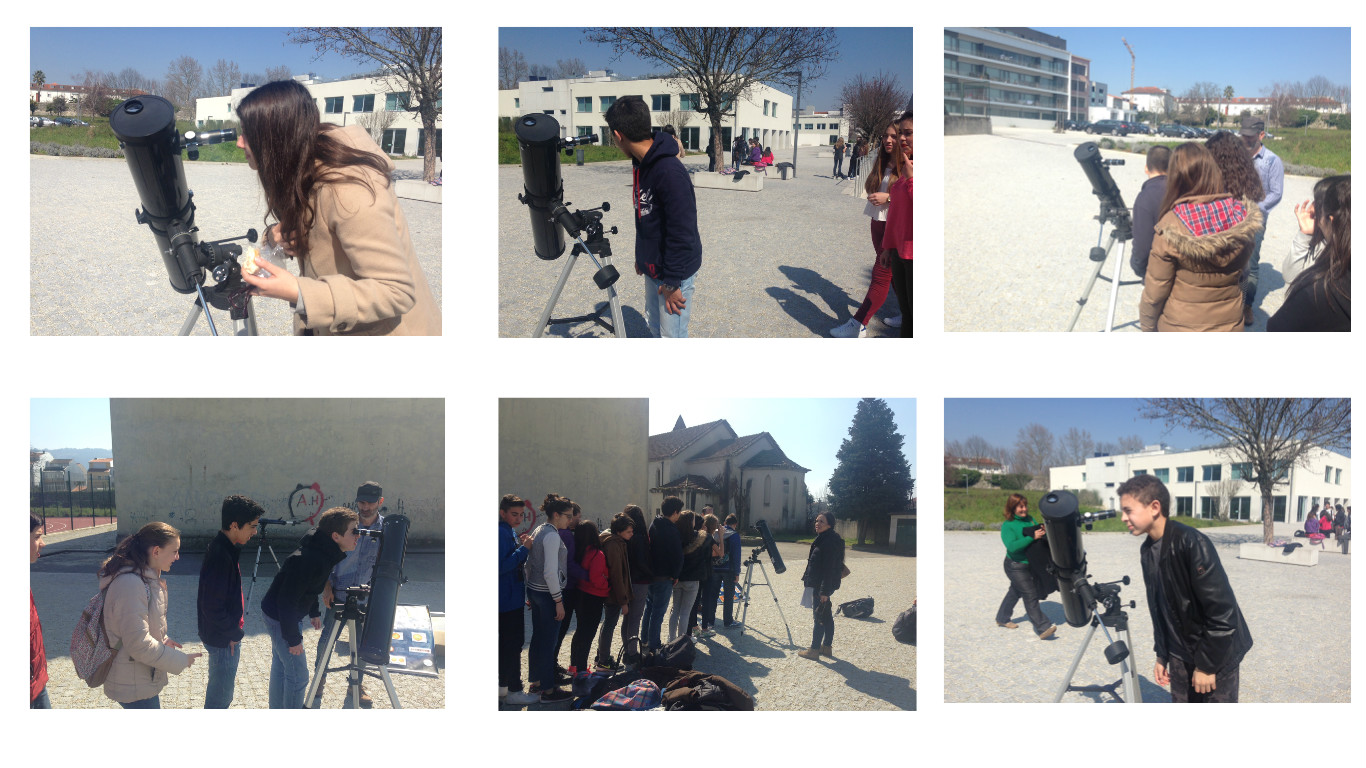

Last 31st of July there was a huge Solar Filament Erupts.
This information came from NASA and it is worth it to be shared in this page of our project.
https://youtu.be/XFyKnqhSn5s